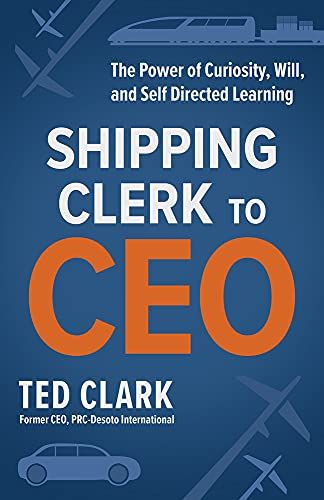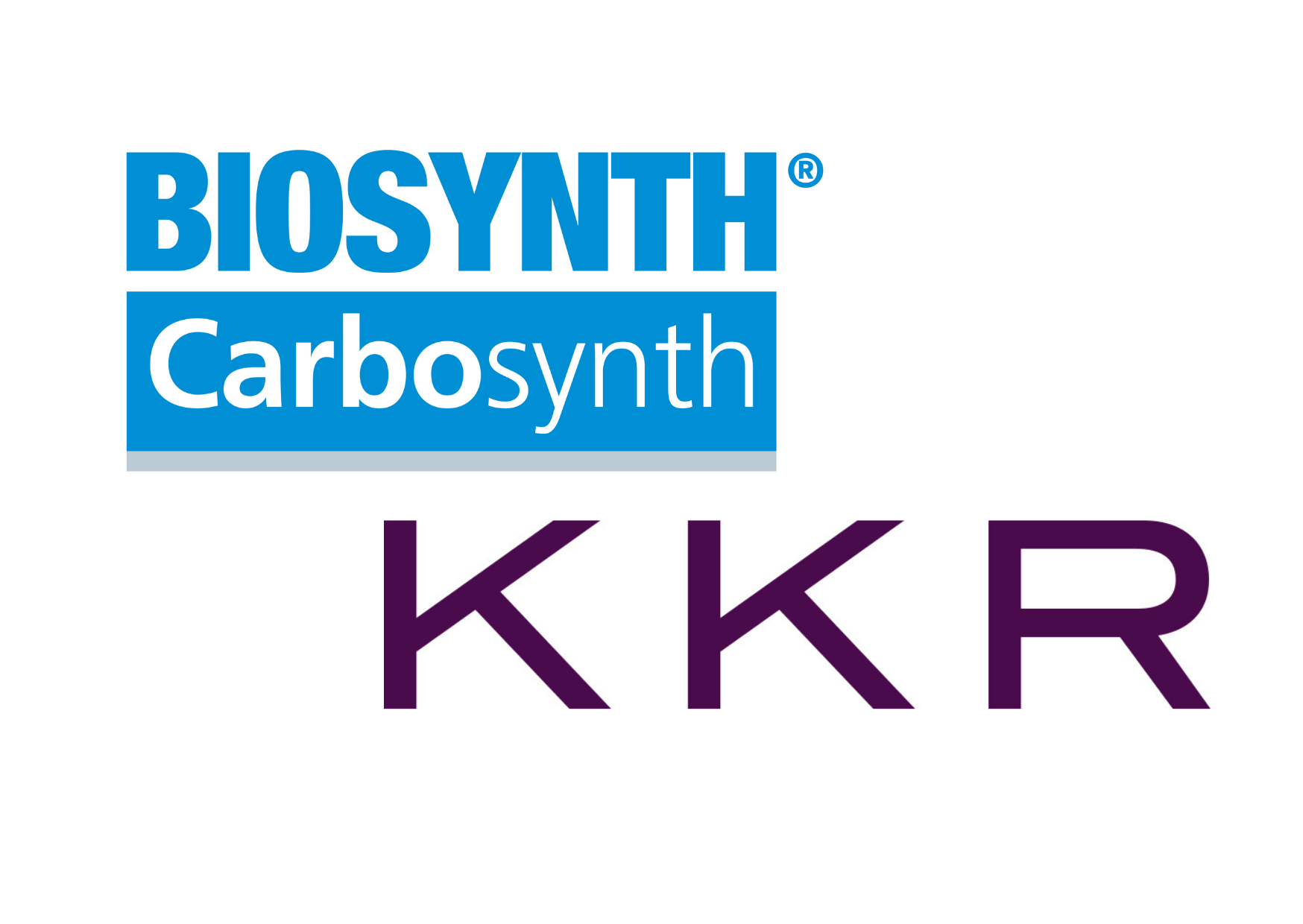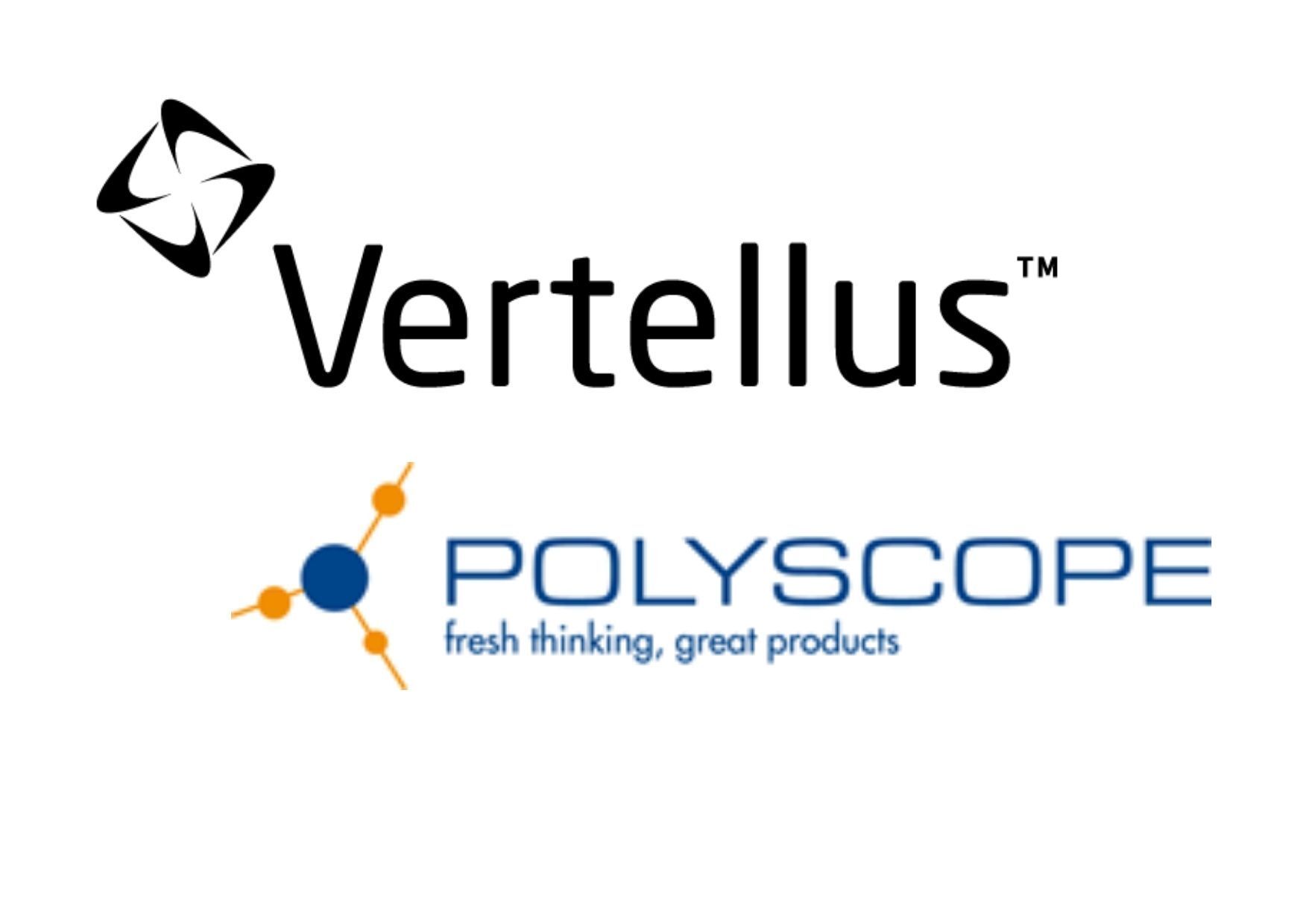Selling your chemicals or life sciences business: why a slow process can erode value, and how to avoid it
If you are thinking about selling your privately-owned chemicals or life sciences business, it’s likely that there are several items vying for the top spot on your list of priorities.
Amongst maximising price, optimising deal structure, and securing a good home for employees – there are many factors at play in a typical divestment strategy.
It’s less common, however, for speed to rank highly as a concern for many sellers. Finding the right deal is rightly considered as the primary objective, and an emphasis on completing the process quickly may seem counter-intuitive to the concept of working patiently towards a successful completion.
In fact, speed has a critical role to play – in particular, minimising the length of time from first talking to potential buyers through to completion, in other words, your time “on the market”.
The more time a business is “on the market” the higher the risks and costs.
What are the risks and costs?
The following risks and costs all generally increase with time:
- Transaction costs (lawyers, datarooms, accountants, M&A advisors and others)
- Management distraction from their day jobs
- Customer and supplier hesitance to trade with a company “on the market” – often overestimated, but still a factor in some cases
- An unexpected issue arising that jeopardises the deal (e.g. profit dip, or Brexit votes!)
- ‘Deal fatigue’ wearing down all involved (I was once brought in part-way through one deal that ran in total to an enthusiasm-sapping 30 months…)
Top 5 deal speed strategies
The overall aim is to minimise the time the business is “on the market”. This means every stage of a successful sale - from business preparation through buyer engagement and due diligence - should be optimised with this aim in mind.
- Prepare materials thoroughly in advance of approaching potential buyers - marketing materials and key backing data should be in almost final form before going to market. I find sellers can experience frustration during this period as they are keen for progress, but experience shows time spent in this stage can be invaluable later.
- Research and plan your engagement strategy - many buyers will publish their growth strategies and priorities, others you or your advisors may know already. Research and informal conversations (i.e. without revealing a specific project) can a) provide guidance on what potential buyers would like to see, and b) tell you if the timing is right – it is better to pause before going to market than to frustrate buyers with a stop-start approach (on one of my projects I was aware that the head of M&A at our most likely buyer was about to change, so we delayed a month to let the incoming executive get his feet under the desk).
- State timetable aims to all parties in advance and maintain momentum - it is crucial that your deal team controls the process and drives it forward as best fits your interests. Effective communication is key here as even keen, motivated buyers need fair warning to get all their own ducks in a row at each stage of the process.
- Advance multiple workstreams simultaneously - in theory, negotiations, buyer due diligence, and legal drafting can all be progressed concurrently, and these phases can be sped up by pro-active sell-side work (e.g. drafting the SPA or providing a vendor DD pack). This shouldn’t be seen as the seller being “too keen”, it is simply good process management and the benefits usually far outweigh the costs if you are committed to finding a deal.
- Be prepared to sacrifice complete certainty in exchange for speed - sometimes a choice must be made between spending additional weeks locking down the terms of a deal and driving forward towards the close. A careful cost/benefit assessment should be made for any proposed delays or extensions.
Key to capturing value
Once “on the market”, speed of execution ranks among several key factors which can have a dramatic impact on the ability of shareholders to realise the full value of their business.
Careful planning and preparation for a sale process that moves swiftly once buyers are engaged, minimises opportunities for value erosion and deal failure. As Benjamin Franklin once said –
“An ounce of prevention is worth a pound of cure.”
Receive M&A news relevant to your business
At critical moments our clients engage us to provide pre-publicity "off-market" intelligence to give them the edge over the competition - we also provide up-to-the-minute public or "on-market" intelligence for free
Contact Us
RECENT POSTS













